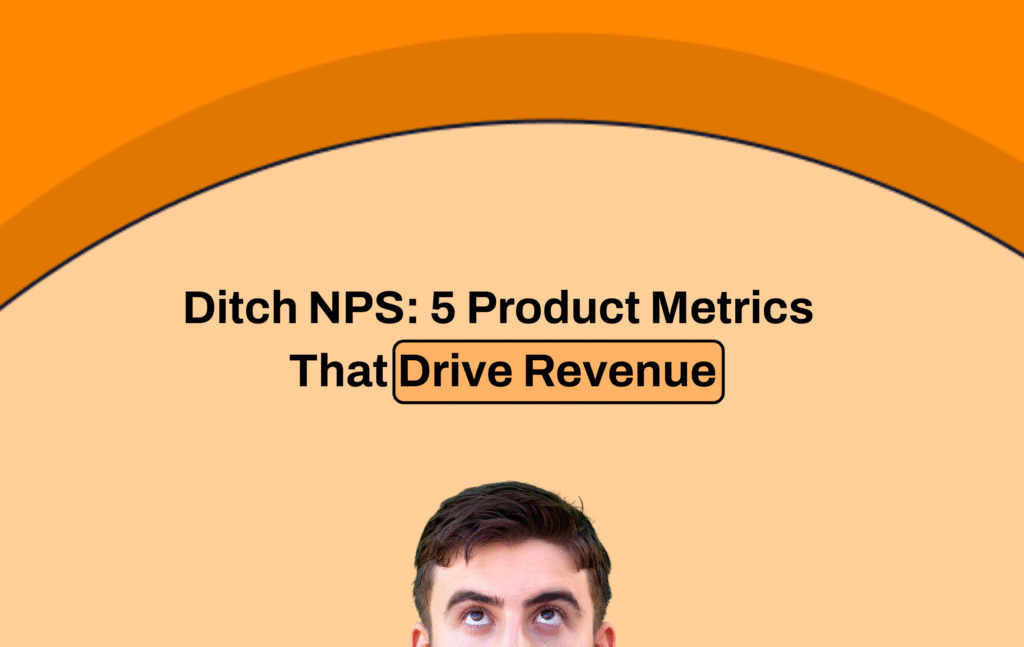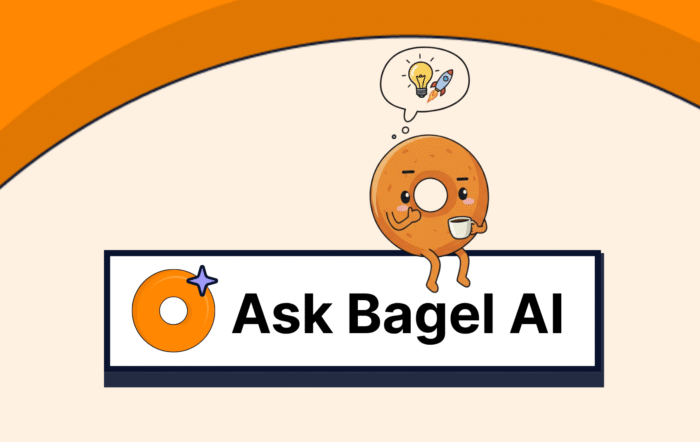Why Product Teams Are Moving Past Vanity Metrics
Every product org has been there: reporting on traffic spikes, social followers, or an impressive NPS. These numbers offer a quick hit of confidence, but they rarely answer the question that matters most: what’s the impact on revenue?
Metrics like NPS give a quick pulse on sentiment and often rise alongside growth. That said, sentiment alone doesn’t tell you whether customers are actually using a new feature, inching toward renewal, or showing expansion potential. And In a landscape where poor product–GTM alignment directly erodes revenue, product leaders can’t afford that kind of ambiguity.
That’s why more teams are making the shift to metrics that link directly to outcomes: retention, expansion, win rate, and monthly recurring revenue. And increasingly, these teams are using purpose-built product intelligence tools to track and act on these insights without manual analysis or siloed workflows.
Sentiment Metrics vs. Revenue-Linked Metrics
| Metric Type | Examples | Why It Matters |
| Sentiment Metrics | NPS, site traffic, followers, clickthrough | Useful health check but limited for product decisions |
| Revenue Metrics | Feature Adoption Rate, churn-risk delta, expansion triggers, MRR, LTV | Tied directly to customer behavior and business health |
Five Metrics That Replace NPS and Actually Move the Business
1. Feature Adoption Rate
Feature Adoption Rate tracks how many users adopt and consistently use a new feature. It’s one of the clearest signals that what you’re building is actually solving a problem.
As Glassbox notes, adoption metrics help prioritize the roadmap around user value. High Feature Adoption Rates often correlate with lower churn, stronger engagement, and higher expansion potential.
For product teams using AI-assisted tracking tools, feature adoption can also be linked to real-time pipeline data or renewal outcomes giving visibility into business impact without needing to dig through dashboards.
2. Churn-Risk Delta
Churn-risk delta reflects the change in a customer’s likelihood to leave, based on shifts in product usage, engagement, or support interactions. It’s an early-warning system, especially valuable when surfaced automatically and contextualized with account data.
Wudpecker calls out product analytics as a leading source for identifying churn patterns. The most effective teams layer this with voice-of-customer signals to proactively prioritize fixes or interventions.
3. Expansion Triggers
Expansion triggers are behaviors that indicate a customer is ready to grow like hitting usage limits, enabling premium features, or adding new users. They’re gold for account teams and a critical signal for product strategy.
According to June.so, usage-based expansion is one of the fastest-growing revenue levers in SaaS. Product teams that can detect and surface these signals ideally inside the tools GTM teams already use are far more likely to act in time.
4. Monthly Recurring Revenue (MRR)
MRR is the clearest measure of recurring value. It’s influenced by acquisition, pricing, retention, and, importantly, product experience. Tracking which features or feedback led to MRR gains can be transformative for planning and prioritization.
Connecting product actions to MRR trends helps teams make smarter tradeoffs. The key is attribution, knowing not just that MRR moved, but why.
5. Customer Lifetime Value (LTV)
LTV estimates how much revenue a customer will generate over their lifecycle. It’s a powerful input for prioritizing features that deepen engagement or reduce churn, particularly among high-value segments.
LTV can guide acquisition strategy helping teams focus on the users most likely to drive long-term growth. When paired with real customer feedback and usage data, LTV becomes more than a finance metric. It’s a strategic lens for product.
A Simple Template to Get Started
You don’t need a full analytics overhaul to begin. Start with a basic spreadsheet or connect your existing tools to a product intelligence layer. Just duplicate it and you’re good to go >>
Tools like Bagel AI automate insight collection. In one rollout, a mid-market SaaS customer cut churn by 15 % freeing the team from tagging, guesswork, and endless Gong or Jira dives.
From Feedback to Revenue
Bagel AI links feedback to revenue outcomes, without the manual lift.
The Shift: From Sentiment to Substance
Metrics like NPS aren’t going away and they still have value as a signal of sentiment. But when it comes to building a roadmap, forecasting impact, or aligning with revenue goals, sentiment isn’t enough.
High-performing product teams are moving to a new model. They track what users do, not just what they say. They measure what moves the business. And they increasingly rely on tools that close the gap between product, GTM, and real outcomes.
When that loop is closed, teams don’t just launch features, they launch results.



